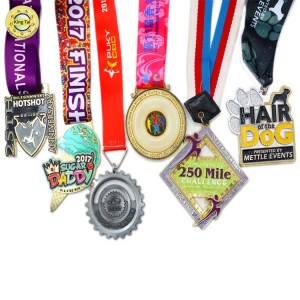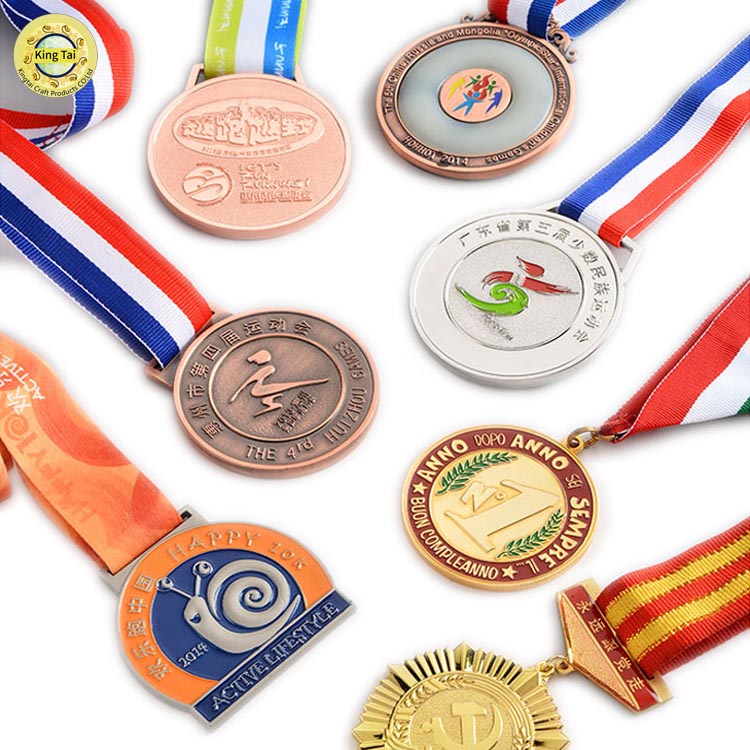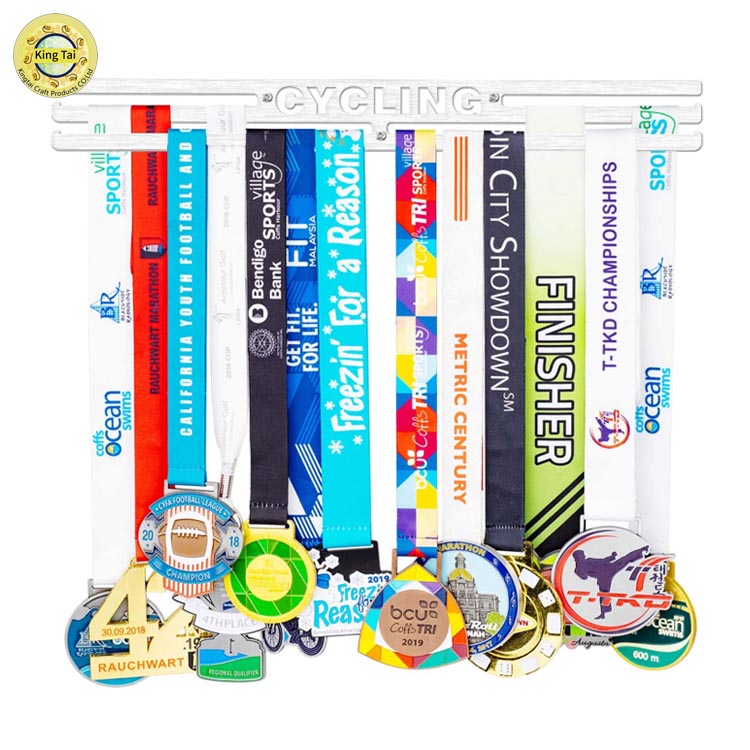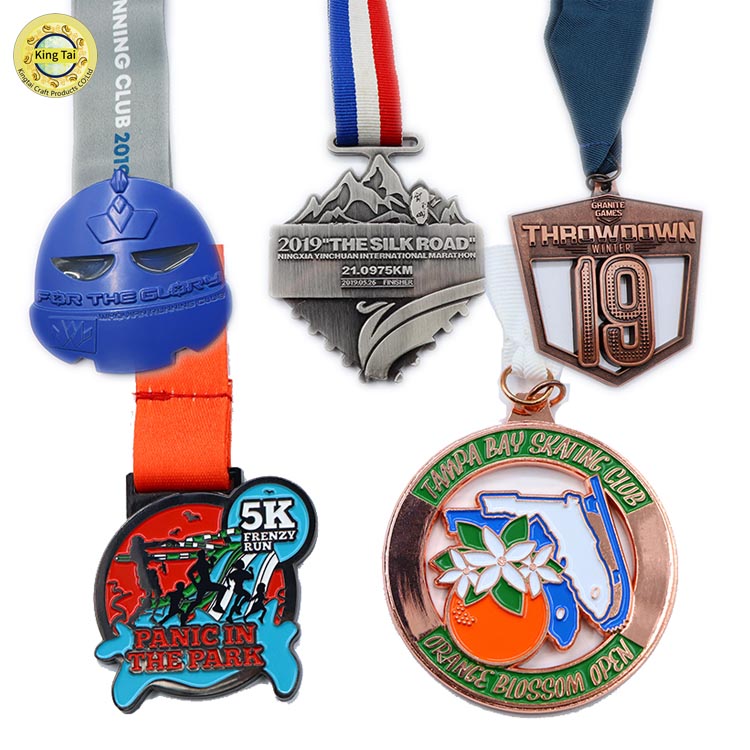Keychains are one of the most common souvenir and advertising items. Keychains are commonly used to promote businesses. A standard advertising keychain will carry the businesses name and contact information and often a logo.
In the 1950s and 1960s, with the improvement of plastic manufacturing techniques, promotional items including keychains became unique. Businesses could place their names on promotional keychains that were three-dimensional for less cost than the standard metal keychains.
Keychains are small and inexpensive enough to become promotional items for larger national companies that might give them out by the millions. For example, with the launch of a new movie or television show, those companies might partner with food companies to provide a character keychain in each box of cereal.
Keychains that currently hold keys are an item that is never long misplaced by the owner. People sometimes attach their keychain to their belt (or belt loop) to avoid loss or to allow quick access to it. Many keychains also offer functions that the owner wants easily accessible as well. These include an army knife, bottle opener, an electronic organizer, scissors, address book, family photos, nail clipper, pill case and even pepper spray. Modern cars often include a keychain that serves as a remote to lock/unlock the car or even start the engine. An electronic key finder is also a useful item found on many keys that will beep when summoned for quick finding when misplace
Keyring
A keyring or "split ring" is a ring that holds keys and other small items, which are sometimes connected to keychains. Other types of keyrings are made of leather, wood and rubber. Keyrings were invented in the 19th century by Samuel Harrison.[1] The most common form of the keyring is a single piece of metal in a 'double loop'. Either end of the loop can be pried open to allow a key to be inserted and slid along the spiral until it becomes wholly engaged onto the ring. Novelty carabiners are also commonly used as keyrings for ease of access and exchange. Often the keyring is adorned with a key fob for self-identification. Other forms of rings may use a single loop of metal or plastic with a mechanism to open and securely close the loop.
Key fob
A key fob is a generally decorative and at times useful item many people often carry with their keys, on a ring or a chain, for ease of tactile identification, to provide a better grip, or to make a personal statement. The word fob may be linked to the low German dialect for the word Fuppe, meaning "pocket"; however, the real origin of the word is uncertain. Fob pockets (meaning 'sneak proof' from the German word Foppen) were pockets meant to deter thieves. A short "fob chain" was used to attach to items, like a pocket watch, placed in these pockets.[2]
Fobs vary considerably in size, style and functionality. Most commonly they are simple discs of smooth metal or plastic, typically with a message or symbol such as that of a logo (as with conference trinkets) or a sign of an important group affiliation. A fob may be symbolic or strictly aesthetic, but it can also be a small tool. Many fobs are small flashlights, compasses, calculators, penknives, discount cards, bottle openers, security tokens, and USB flash drives. As electronic technology continues to become smaller and cheaper, miniature key-fob versions of (previously) larger devices are becoming common, such as digital photo frames, remote control units for garage door openers, barcode scanners and simple video games (e.g. Tamagotchi) or other gadgets such as breathalyzers.
Some retail establishments such as gasoline stations keep their bathrooms locked and customers must ask for the key from the attendant. In such cases, the keychain has a very large fob to make it difficult for customers to walk off with the key.
You may also like
Post time: Dec-16-2021





